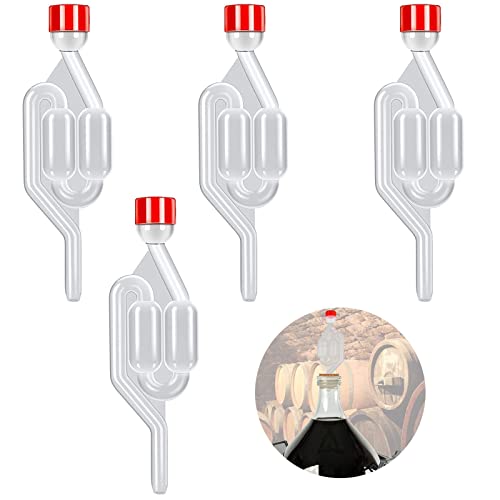Hi,
I'm about to move up to AG brewing from kit brewing and wanted to give BIAB a try just for the simplicity of equipment (ultimately my dream kit would be a Grainfather, but I wanted to take one step at a time...)
I got myself a 30l Cygnet boiler and wanted to try a Brupak London Bitter Mash kit, which I was going to split in half in order to not run out of space with a full volume/no sparge BIAB brew.
But now I struggle to figure out the total volume of water needed. The full kit is for 23l, so I'm shooting for a final volume of 11.5l. I've not weighed the grain yet (The kit doesn't give any weight information for the ingredients, probably as the whole point of a kit is not worrying about measuring ingredients, but it does say that for a conventional AG you would start mashing with 2.5l of water per kg of grain).
How would I go about this? Would I just work backwards from the 11.5l final volume and add 30-50% (I think I heard that figure somewhere) when starting to mash?
Or would I work with the grain weight and some BIAB specific multipliers (which are they?) to figure out the initial volume?
What if I get it wrong and at the end of the boil there is too much or too little volume?
Thanks ever so much!













![BREWING THERMOMETER STICKERS ACCURATELY MONITOR FERMENTING BEER & WINE LIQUID TEMPERATURES 5PCS HOME BREW SPIRITS WINE LCD ADHESIVE [US]](https://m.media-amazon.com/images/I/311DDjo2X3L._SL500_.jpg)



























